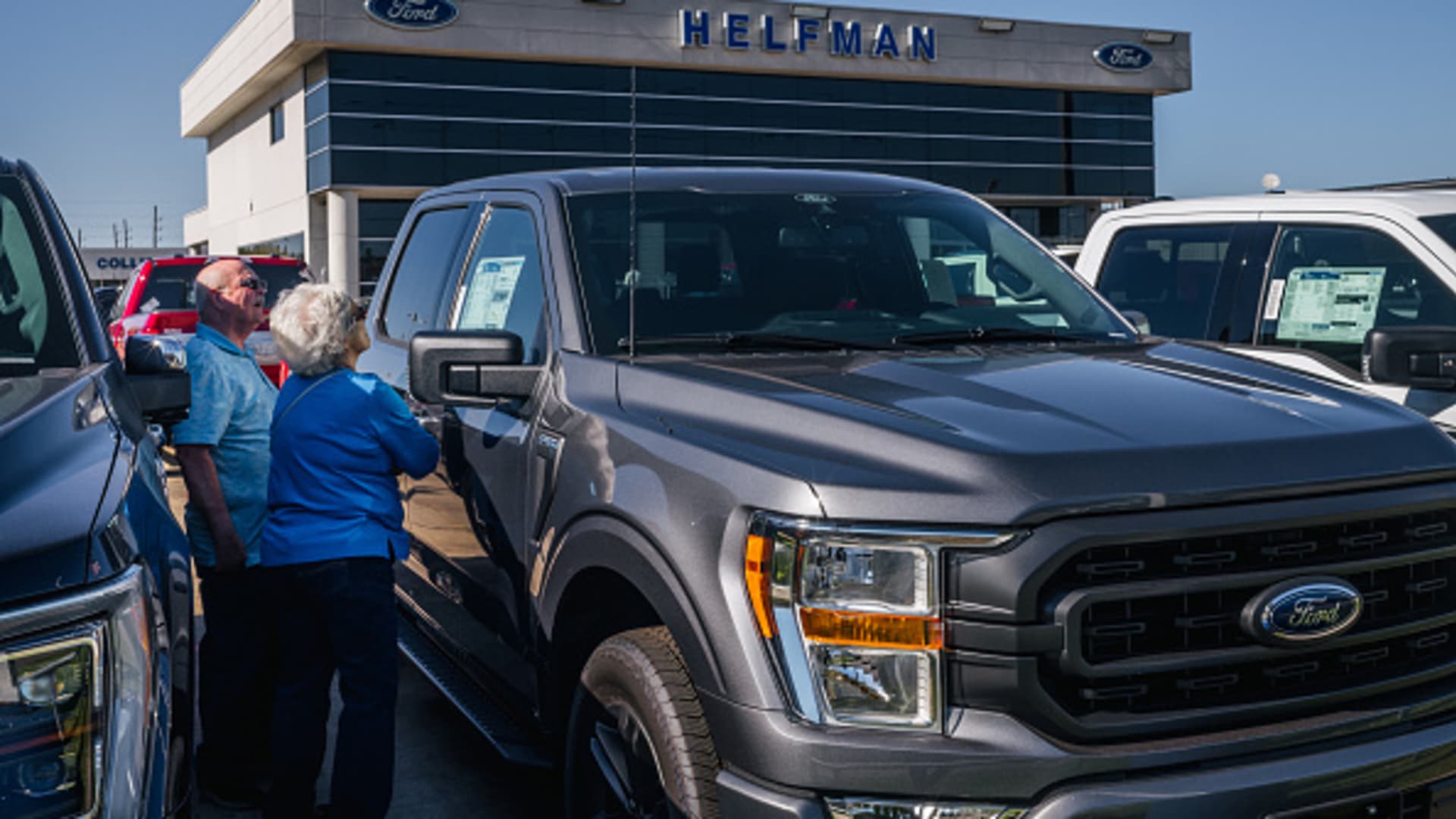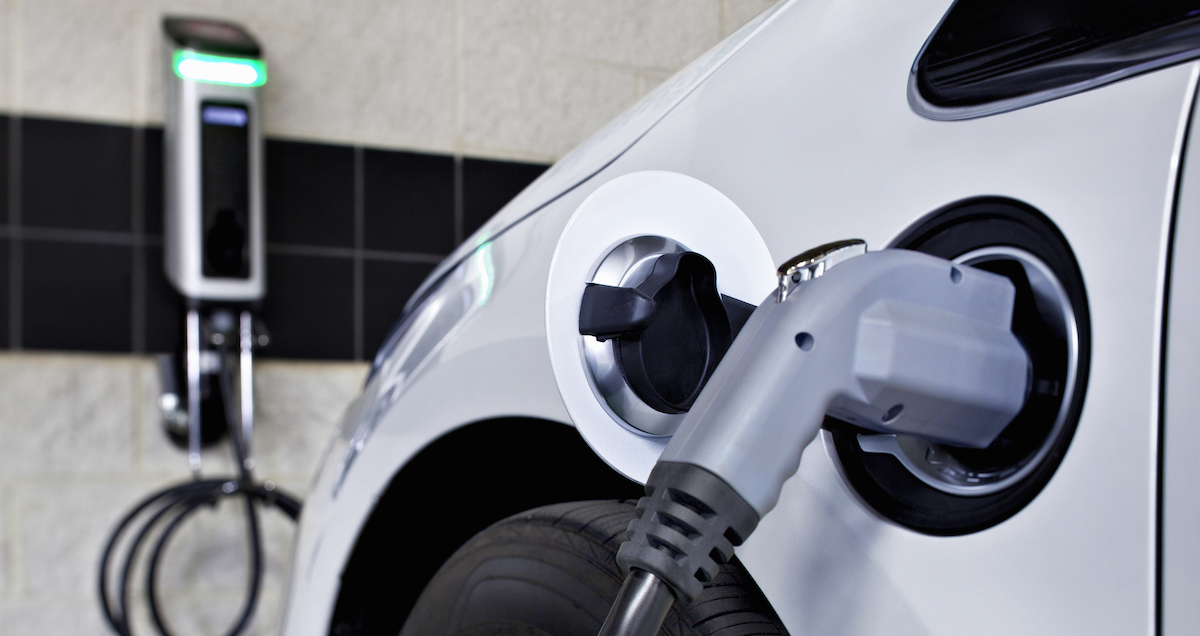UkNorthampton
TSLA - 12+ startups in 1
@David_Cary
Never heard of Stellantis but knew that group didn't have any EVs.
Note - they have 16% of US car dealerships. Just this one backward looking company ensures that only 84% of dealerships could have an EV if they wanted.
Correct for USA so far. RAM & Jeep EVs might be first new EVs for Stellantis in USA
Elsewhere, they sell loads of EVs in Europe - Fredtrek (beware the FUD) - Stellantis says it’s ready for North American EV transformation after EU success, starting with Ram
The Fiat New 500 was Italy’s #1 selling EV, while the Peugeot e-208 claimed the top spot in France. Stellantis now has 23 BEVs on the market, with the portfolio expected to double by the end of 2024
Ram has already revealed its first electric truck, the Ram 1500 REV pickup. After opening reservations earlier this month, Ram closed reservations after five days, saying it has reached max capacity.
The all-electric Ram 1500 REV will arrive in the fourth quarter of 2024, according to Stellantis.
Jeep is another Stellantis brand in the midst of an electric transformation after revealing all electric Recon and Wagoneer “S” models, which will be opened for reservations in North America this year.
Tavares says, “We now have the technology, the products, the raw materials, and full battery ecosystem” to lead its North American EV rollout.
Usually on same platform as ICE versions eg 26 listed as available now in UK (models/trims), 7 more announced as coming
EV Database
A comprehensive overview of all electric vehicles in the UK. Search and compare by range, make, model and price.
January- March 2023 - Europe: Plug-In Car Sales Accelerated In March 2023
Top plug-in automotive groups (share year-to-date):
- Volkswagen Group - 19.1% share (Volkswagen brand at 7.9%)
- Tesla - 14.2%
- Stellantis - 13.7%
- BMW Group - 9.0% share (BMW brand at 7.4%)
- Geely–Volvo - 8.9%
- Mercedes-Benz Group (Mercedes-Benz brand at 7.6%)
Brands
The active brand portfolio of Stellantis as of 2022 is shown below.[46] This list does not contain any discontinued brands owned by the company which have been placed into dormancy either directly or by its predecessor organisations.Stellantis brands by country of origin
| Origin | Brand | Established | Brand CEO |
|---|---|---|---|
| France | Citroën | 1919 | Thierry Koskas |
| France | DS Automobiles[note 1] | 2014 | Béatrice Foucher |
| France | Peugeot | 1810 | Linda Jackson |
| Germany | Opel | 1862 | Uwe Hochgeschurtz |
| Italy | Abarth | 1949 | Olivier François |
| Italy | Alfa Romeo | 1910 | Jean-Philippe Imparato |
| Italy | Fiat | 1899 | Olivier François |
| Italy | Fiat Professional | 2007 | Lorenzo Sistino |
| Italy | Lancia | 1906 | Luca Napolitano |
| Italy | Maserati | 1914 | Davide Grasso |
| United Kingdom | Vauxhall | 1857 [48] | Uwe Hochgeschurtz |
| United States | Chrysler | 1925 | Christine Feuell[47] |
| United States | Dodge | 1914 | Timothy Kuniskis |
| United States | Jeep | 1943 | Christian Meunier |
| United States | Mopar | 1937 | Pietro Gorlier |
| United States | Ram[note 2] | 2010 | Michael Koval |
- Spun off from Citroën brand









